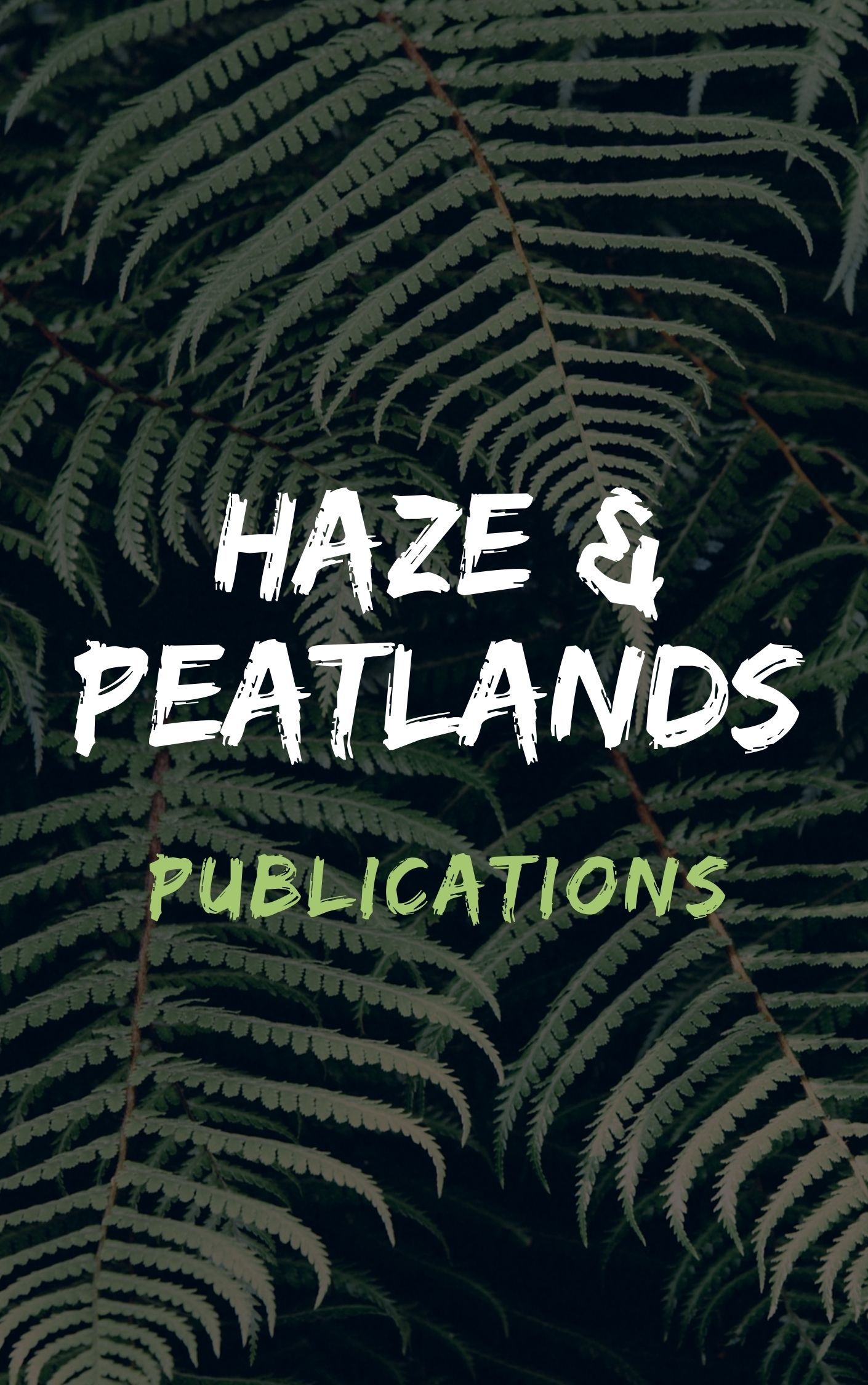Fires associated with agricultural and plantation development in Indonesia impact ecosystem services and release emissions into the atmosphere that degrade regional air quality and contribute to greenhouse gas concentrations. In this study, we estimate the relative contributions of the oil palm, timber (for wood pulp and paper), and logging industries in Sumatra and Kalimantan to land cover change, fire activity, and regional population exposure to smoke concentrations. Concessions for these three industries cover 21% and 49% of the land area in Sumatra and Kalimantan respectively, with the highest overall area in lowlands on mineral soils instead of more carbon-rich peatlands. In 2012, most remaining forest area was located in logging concessions for both islands, and for all combined concessions, there was higher remaining lowland and peatland forest area in Kalimantan (45% and 46%, respectively) versus Sumatra (20% and 27%, respectively). Emissions from all combined concessions comprised 41% of total fire emissions (within and outside of concession boundaries) in Sumatra and 27% in Kalimantan for the 2006 burning season, which had high fire activity relative to decadal emissions. Most fire emissions were observed in concessions located on peatlands and non-forested lowlands, the latter of which could include concessions that are currently under production, cleared in preparation for production, or abandoned lands. For the 2006 burning season, timber concessions from Sumatra (47% of area and 88% of emissions) and oil palm concessions from Kalimantan (33% of area and 67% of emissions) contributed the most to concession-related fire emissions from each island. Although fire emissions from concessions were higher in Kalimantan, emissions from Sumatra contributed 63% of concession-related smoke concentrations for the population-weighted region because fire sources were located closer to population centers. In order to protect regional public health, our results highlight the importance of limiting the use of fire by the timber and oil palm industries, particularly on concessions that contain peatlands and non-forest, by such methods as improving monitoring systems, local-level management, and enforcement of existing fire bans. © 2015 IOP Publishing Ltd.
View source
Keyword(s)
deforestation, fire emissions, industrial plantations, population exposure, Air pollution, Air quality, Carbon, Ecosystems, Forestry, Gas emissions, Greenhouse gases, Industrial emissions, Landforms, Logging (forestry), Palm oil, Pulp materials, Timber, Wetlands, Emissions into the atmosphere, Local level management, Regional air quality, Relative contribution, Smoke concentration, Fires, atmospheric pollution, carbon emission, fire behavior, forest fire, greenhouse gas, industrial emission, logging (timber), pollution exposure, smoke, timber industry, Borneo, Greater Sunda Islands, Indonesia, Kalimantan, Sumatra, Sunda Isles, Elaeis

